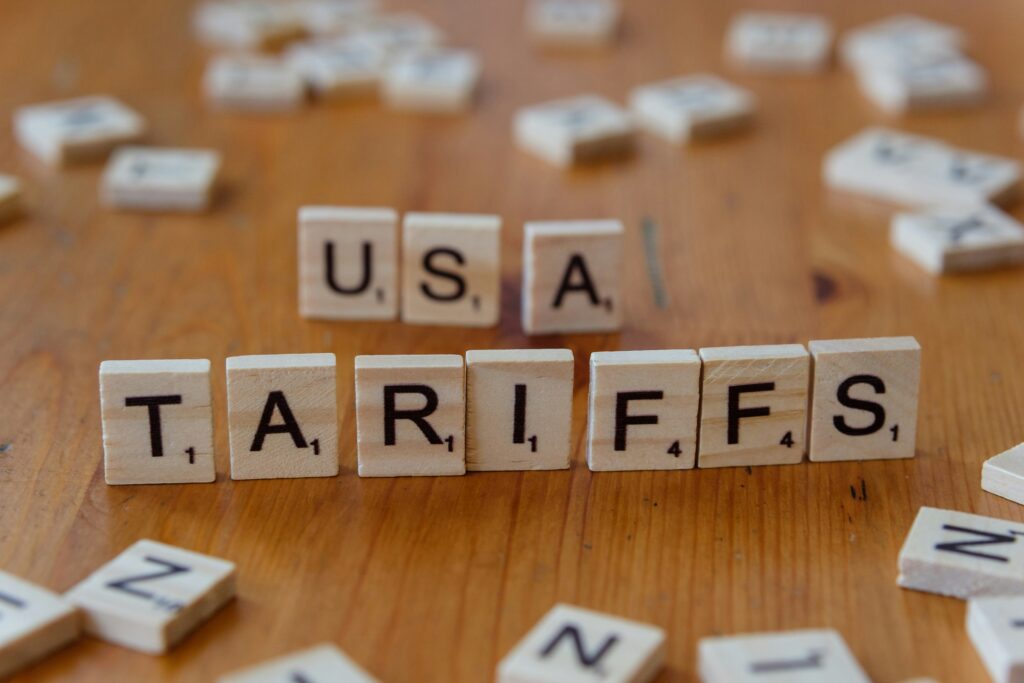President Trump has threatened to put a big 50% tax (tariff) on goods coming from Europe to the US. This is not new — it’s the result of many years of trade disagreements. The U.S. and EU have long been economic partners, but underlying issues have strained relations. In 2024, the U.S. imported approximately $606 billion in goods from the EU while exporting about $370 billion, resulting in a trade deficit of $235.6 billion in goods. President Trump has criticized this imbalance, arguing that the EU’s trade practices disadvantage American industries
Key Issues:
-
Tariffs on Steel and Aluminum: The U.S. imposed a 25% tariff on steel and aluminum imports, affecting EU exports and prompting retaliatory measures.
-
Automobile Trade: The EU’s 10% tariff on U.S. cars contrasts with the U.S.’s 2.5% tariff on European cars, leading to calls for a “zero-for-zero” agreement.
-
Digital Services Taxes: Several EU countries have introduced digital services taxes targeting U.S. tech giants, further complicating trade relations.
The US buys more from Europe than it sells there, and this trade gap has caused frustration. If these tariffs happen, prices for everyday things like cars and medicines could go up. Companies might face higher costs, and it could slow down business between the US and Europe.
Luckily, in response to the tariff threat, President Trump agreed to extend the deadline for negotiations until July 9, 2025, following a discussion with EU Commission President Ursula von der Leyen. Both leaders expressed a commitment to advancing talks, aiming to reach a mutually beneficial agreement to avoid a full trade war. But if no agreement is reached, it could affect jobs, prices, and the economy for people on both sides. Trade conflicts like this don’t just affect governments — they can impact prices in stores, the availability of products, and even jobs. Keeping an eye on these issues helps you understand how global politics can affect your wallet.


